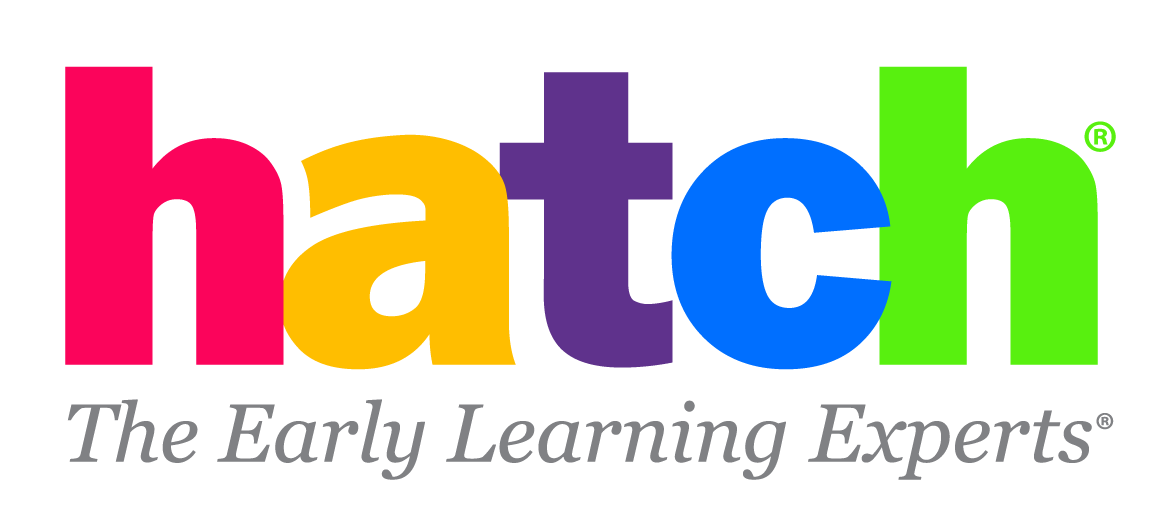There's a confusing dichotomy when it comes to technology and early learners. One side of research and evidence tells us technology encourages growth and creativity and even helps early learners build positive relationships.
On the other side, there is evidence that suggests technology use at such a young age contributes to overweight, depressed children. So, which is it; Does technology have a positive or a negative impact on early learners? Does tech belong in early learning programs?
To use a Star Wars analogy: there's a dark side to technology, but there's also a light side. Whether or not technology supports early learners depends on how we use it.
Thought leader Chip Donohue says the key is to be intentional when you choose and use technology. Donohue is the Founding Director of the Technology in Early Childhood (TEC) Center at Erikson Institute and Senior Fellow for the Fred Rogers Center.
In a recent Hatch webinar, he explained that when we link pedagogy to technology use, we can reimagine screen time as beneficial. As Donohue says, positive screen time can and should look like this:
- Active, not passive or sedentary
- Interactive, not isolating
- Inclusive, not exclusive
- Enhancement, not displacement
- Meaning-making, not meaningless
- Creation, not consumption
- Tool for learning and teaching
What does intentional technology use look like?
When we think of technology and children, often we imagine little eyes glued to a screen as they play a mindless game or watch yet another silly YouTube video. We're not wrong, that happens.
But when early childhood educators (and caregivers) use technology mindfully and intentionally to help children learn and develop skills and relationships, the results are incredibly encouraging.
Take Phillip Baumgarner, for example. Baumgarner is a preschool teacher at the Child Development Lab at The University of Georgia. A recent NAEYC blog post shared the story of how he used an iPad to help a four-year-old boy connect with his classmates, despite language barriers.
As a dual-language learner (English and Chinese), the little boy was finding it tough to connect with his classmates. The other children didn't know how to communicate with him and even treated him as if he was much younger because of the language barrier.
Baumgarner had a brainstorm, he would help the little boy share bits of his daily life with his classmates through a digital story. Using an iPad and a multimedia storytelling app, they took pictures of his apartment, toys and family. (He even took photos of the construction site next to his house, which the children loved.)
As a final touch, the little boy narrated the story with a mix of Chinese and English phrases.
Suddenly, his classmates could see this little boy had plenty to say and they were interested in what he was sharing. The project was incredibly successful. The children found ways to communicate with each other, the little boy's English language skills improved and, most importantly, he developed relationships with his classmates.
That's only one example. There are plenty of resources and stories online to inspire and help educators create a positive experience with technology. (You can find two additional, detailed anecdotes in this blog post from NAEYC: Technology that Supports Early Learning –Three Examples.)
The Office of Education Technology is another excellent resource for learning more about the benefits of technology in early learning. As they explain in their Guiding Principles for Use of Technology with Early Learners, "Developmentally appropriate use of technology can help young children grow and learn, especially when families and early educators play an active role. Early learners can use technology to explore new worlds, make-believe, and actively engage in fun and challenging activities. They can learn about technology and technology tools and use them to play, solve problems, and role play."
What about the harmful effects of screen time?
As Donohue explains in that same Hatch webinar, the research isn't conclusive about how much screen time is safe for young learners. "But that doesn't mean we stop using technology,” says Donohue. Instead, "It means we use it very carefully and mindfully, as we have been doing."
That includes keeping up with the research and making informed decisions about the ways and how often we use technology with early learners. Tools like the Screen Sense resource series from Zero to Three share and explain the current research on the impact of media on children under 3 years old.
The road to positive technology use starts with investing time in understanding how technology can support early learners. That knowledge can guide which technology early learning programs purchase as well as how they use that technology to help young children.
At Hatch, we're deeply committed to providing technology tools that are backed by research. Each of our tools is developmentally appropriate and proven to have positive impacts on social, emotional, language, and cognitive development. We understand the delicate dance early childhood educators must do when it comes to technology. You need to grasp when technology can support and enhance learning, but also understand when technology isn't the answer. You can read more on our research-backed data page to learn more about how Hatch tools can help you stay on the light side of technology.

